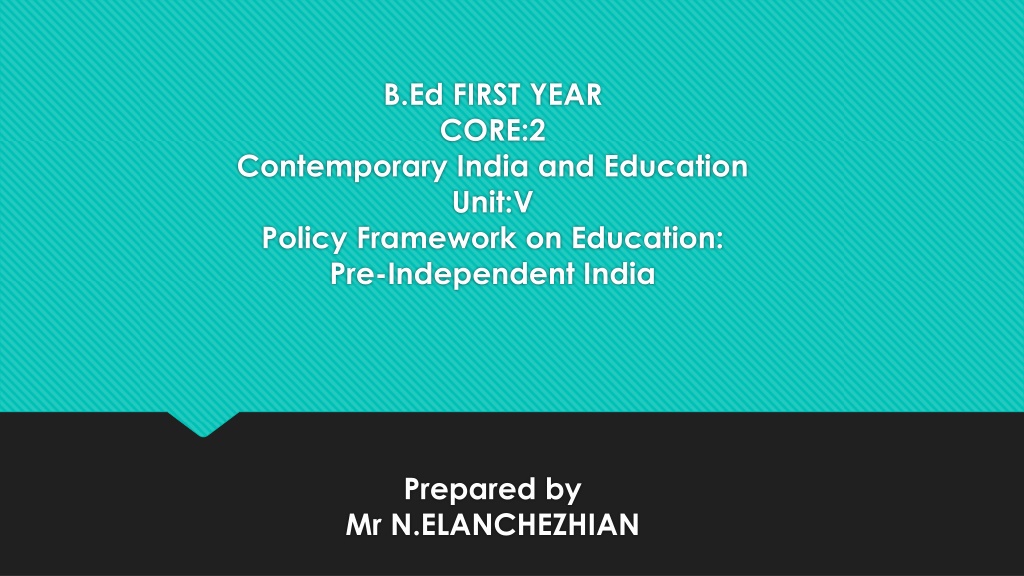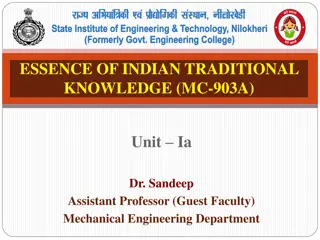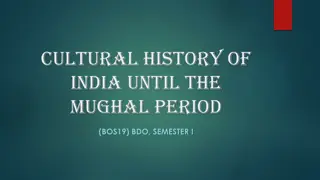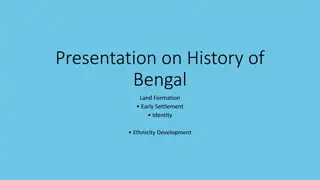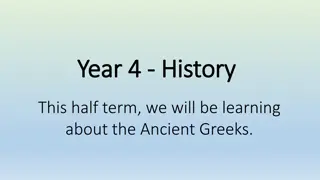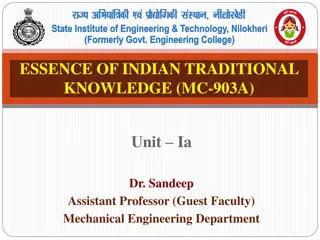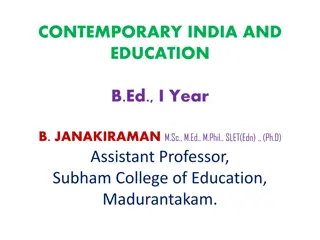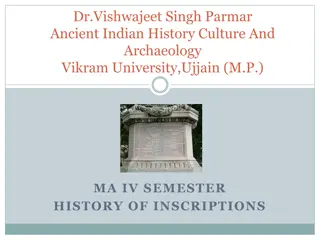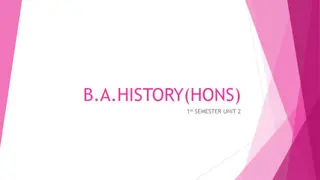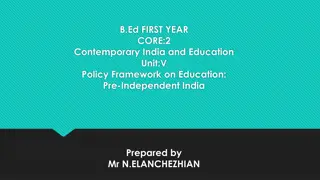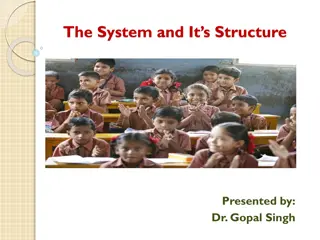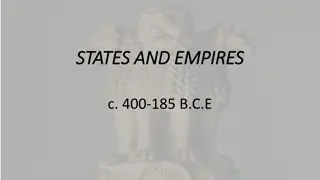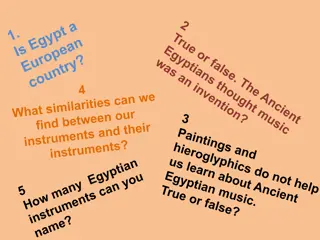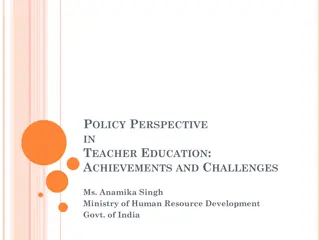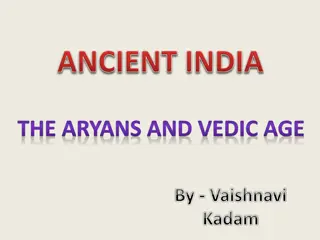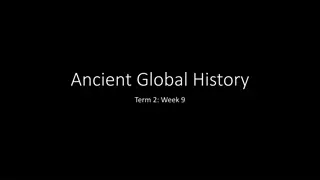Education in Ancient India: Vedic System Overview
The history of education in ancient India traces back to the Vedic system, rooted in the Vedas and emphasizing self-realization and liberation. The curriculum included Vedic literature, arithmetic, geometry, and spiritual studies, fostering academic freedom and discipline among students.
Download Presentation

Please find below an Image/Link to download the presentation.
The content on the website is provided AS IS for your information and personal use only. It may not be sold, licensed, or shared on other websites without obtaining consent from the author. Download presentation by click this link. If you encounter any issues during the download, it is possible that the publisher has removed the file from their server.
E N D
Presentation Transcript
B.Ed FIRST YEAR CORE:2 Contemporary India and Education Unit:V Policy Framework on Education: Pre-Independent India Prepared by Mr N.ELANCHEZHIAN
Introduction The history of education in the Indian subcontinent began with teaching of traditional elements such as Indian religions, Indian mathematics, Indian logic at early Hindu and Buddhist centres of learning such as Taxila (in modern-day Pakistan) and Nalanda (in India) before the Islamic era. Islamic education became ingrained with the establishment of the Islamic empires in the Indian subcontinent in the middle ages while the coming of the Europeans later bought western education to colonial India
Education during Vedic Period The education system which was evolved first in ancient India is known as the Vedic system of education. In other words, the ancient system of education was based on the Vedas and therefore it was given the name of Vedic Educational System. Vedas occupy a very important place in the Indian life. The basis of Indian culture lies in the Vedas which are four in number Rigveda, Samaveda, Yajurveda, and Atharavanaveda. Some scholars have sub-divided Vedic Educational period and into Rig Veda period. Brahmani period, Upanishada period, Sutra (Hymn) period, Smriti period, etc but all these period, due to predominance of the Vedas, there was no change in the aims and ideals of educations.
Aims of Education The ultimate aim of education in ancient India was not knowledge as preparation for life in this world or for life beyond, but for complete realization of self for liberation of the soul from the chains of life both present and future.
Curriculum Although the education of this period was dominated by the study of Vedic Literature, historical study, stories of heroic lives and discourses on the puranas also formed a part of the syllabus. Students had necessarily to obtain knowledge of metrics. Arithmetic was supplemented by the knowledge of geometry. Students were given knowledge of four Vedas Rigveda, Yajurveda, Samaveda and Atharvaveda. The syllabus took within its compass such subjects as spiritual as well as materialistic knowledge, Vedas, Vedic grammar, arithmetic, knowledge of gods, knowledge of the absolute, knowledge of ghosts, astronomy, logic, philosophy, ethics, conduct, etc. The richness of the syllabus was responsible of the creation of Brahman literature in this period.
Freedom and Discipline Due to academic freedom, students remained busy in thinking and meditation. It enhanced originality among them 1. He is to be administered guru. 2. He is able to obey his guru. 3. He may be punished by his guru. 4. He is to be wished by his guru. 5. He is to be preached by his guru. 6. He is to be treated equally. 7. He is devoted and committed to acquired wisdom .
Methods of Instruction It was a pupil-centered education. No single method of instruction was adopted, though recitation by the pupil followed by explanation by the teacher, was generally followed. Besides Question and answers, debate and discussion, story-telling was also adopted according to the need. There was no classroom teaching. However, monitorial system was prevalent and senior Pupils were appointed to teach juniors. Travel was regarded as necessary to give finishing touch to education.
Role of Teacher In Bhartiya Darshan Guru has significant place. It consists of two words, Gu-ru. The word Gu indicated darkness and ru means controller. It means to avoid darkness or ignorance. In Vedas the term achariya is used for guru. Guru is considered greatest treasure of knowledge. In educative process, teacher and students are the two components; A teacher provides Physical, materialistic and spiritual knowledge to his students. The educative process is teacher-centred. Guru satisfies the curiosity and needs of his students. Guru was the spiritual father of his pupils. Gurus were taking care of their pupil in same manner as a father takes care of his son.
